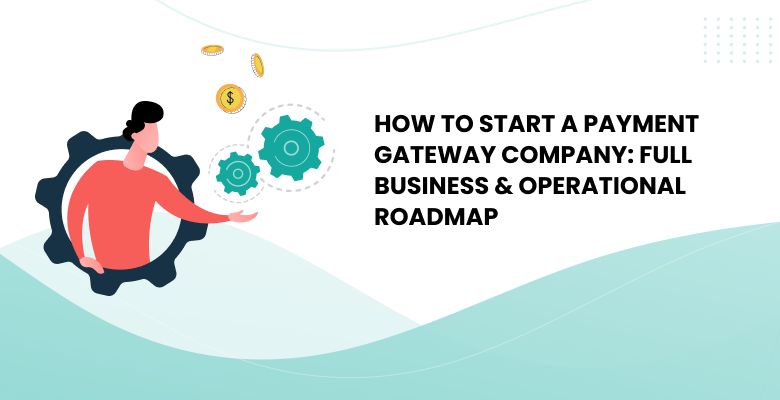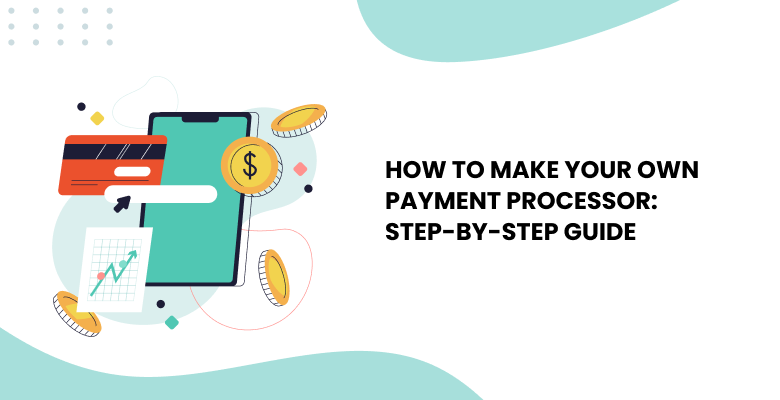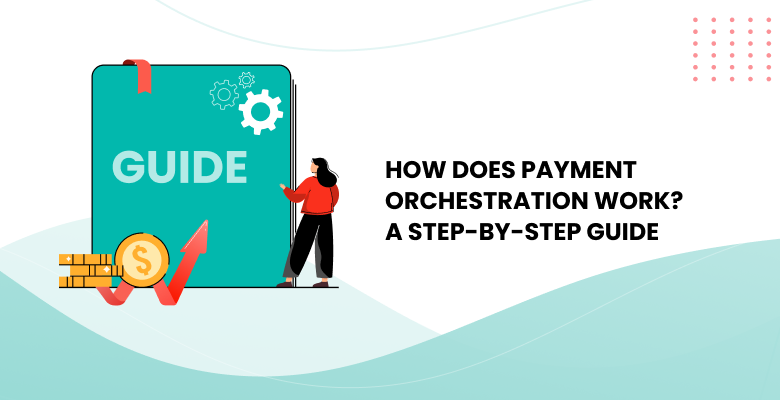NeonPay is a payment processing platform built on a technology gateway that supports numerous customers and 300+ APIs. The company behind the platform is Neon One, which is based in Chicago.
The company caters to the needs of businesses that have different sizes and needs. It is equally a good choice for beginners and experienced merchants. If some problems arise, the company’s specialists can take merchants through the process of connection, resolving all technical issues along the way.
Highlights of the system
The payment solution offered by NeonPay is created on the basis of the advanced platform and includes comprehensive Gateway Cashier Technology. It is designed to meet the requirements of the contemporary fintech market. The main goal of NeonPay is to provide an end-to-end solution for all clients that include different categories, such as merchants, affiliates, gateway cashiers, etc., covering all their activities and controlling them.
The platform can boast its great connectivity, serving as a hub with lots of integration options that suit any merchant. The technology can create an intuitive workflow serving its business logic. All customers get access to a merchant control panel (MCP) that provides lots of possibilities to control the whole process with the assistance of the admin interface and monitoring tools.
With the NeonPay platform, merchants can adapt their online stores to open and direct APIs. There is everything needed to start taking payments without delay since the system is provided with diverse solution providers (acquiring banks). The connection is hassle-free since one API connects the various options. API is equipped with built-in exit points that guarantee easy and fast integration with external systems using standard interfaces and protocols.
NeonPay security
The company cares about the financial security of its users. The system performs automatic verification in the initial stages, which takes several minutes as a rule. However, there are rare cases when the verification procedure requires a manual check by the underwriting team. Customers may be asked to provide additional documents to complete verification.
The payment platform manages risks with ease as it allows merchants to restrict transaction volume. Companies can restrict spans between exchanges to prevent the duplication problem.
NeonPay supports contemporary fraud tools, employing, for instance, white and black lists, and such restrictions as volume limitations per month. When suspicious activity is spotted, admins are notified about it immediately, so that merchants can react to it fast and protect themselves from fraudsters.
The system employs smart routing that presupposes optimization of transactions routing enabling load sharing and cascading of traffic among the bank’s acquirers, along with filtering and routing per numerous parameters.
The platform also delivers the management of KYC files that make a file storing system. The files are uploaded, stored and maintained by the system, which is employed to process transactions and merchants’ data. Using the system, the procedures of validation and approval on the gateway are simple and fast.
Why select the system
- The transactions and resources are managed easily;
- Flexibility of payment;
- A complete BAAS at the disposal of clients;
- Clear pricing on per-transaction basis;
- Smooth instant integration;
- Convenient reporting;
- There is no set-up fee to connect to the service.
Along with benefits, the system has some drawbacks as well. For instance, it doesn’t provide a trial period for users. In general, the system is reviewed positively. Users state that it is a great value for the price thanks to excellent interactions with the support team, providing friendly assistance to customers.
How to connect to the system
Merchants should contact the support team to connect to the system. As was mentioned above, the team needs to verify the identity of the company to start working with it. The following data is needed for it: a type of business, a business name, a tax ID number, a business address, an owner name, an owner’s address, a bank account type, and a bank account number.











